CRUCIAL AUDIOBOOK RECORDING TIPS
Recording an audio version of your book can be an incredible way to reach a wider audience and give your readers a more personal experience. In addition, it’s an explosive growth market and you don’t want to be left out!
According to this Publisher’s Weekly article, there was a revenue gain of 25% in 2021 bringing the estimated industry total to $1.6 billion in sales last year. The jump from 2020 to 2021 was 12%.
Having an audio version makes your reach so much more accessible. There are some people who flat-out will not read a book but will listen to audio. It’s even better when people read your physical book or ebook while listening to the audio version.
It's important to keep a few things in mind when recording your audiobook to ensure the best possible outcome. Here are the top three things to consider when recording the audio version of your book.
Equipment and Environment
The quality of your recording equipment and the environment in which you record has a significant impact on the quality of your audio. When recording your book, it's important to invest in a good-quality microphone and recording software to ensure that your voice is clear and easy to understand. You should record in a quiet room with minimal background noise to prevent any distractions or interference. If you’re doing this at home and don’t have a studio with sound padding, set up in your closet facing your clothes so that it absorbs any of the echoes.
However, I highly suggest using a recording studio that regularly records audiobooks. I did mine at Live Oak in Berkeley, CA with an incredibly knowledgeable audio producer who also served as a director. We recorded my 212-page memoir Relentless in two separate 4-hour sessions with a final time of 5 hours. I easily sold enough audiobooks to cover the cost which was sub $2,000.
2. Voice and Delivery
Your voice and delivery can greatly affect the way your book is perceived by your audience. When recording your book, it's important to speak clearly and with variances in your voice convey the intended message. Additionally, it's important to keep your pacing consistent and to pause when necessary to allow your listeners to digest the information you're sharing.
To practice your delivery, consider practicing reading a chapter out loud, then recording yourself doing so and listening back. I think most authors should narrate their own books. If that’s not something you want or can do you can hire a voice-over narrator or even use an AI app like Descript.com to read it for you. The cadence and delivery in AI aren’t completely there yet, so it will sound like just what it is- a robotic version of your voice.
3. Editing and Post-Production
Once you've recorded your book, it's important to edit, mix and master the audio to ensure that it's ready for distribution. Audible has strict audio guidelines as do many other sites that distribute to other providers such as Author’s Republic or one of my favorite audiobook providers, Awesound. This includes removing any unwanted background noise or editing out mistakes in your delivery. Editing can be done more easily while you’re in the studio if you have an agile engineer who catches it on the fly and punches in any of your mistakes on the spot.
Additionally, you may want to consider adding music or sound effects to enhance the overall experience of your book. You can download royalty-free music or use your own compositions if you’re a musician like I did in my memoir. I have segments of various songs I’ve recorded woven throughout the entire narration where it’s related to the text. Do not try to use anyone else’s music without obtaining a license though- it will get rejected and you might be fined and have to pay the royalties which can be incredibly expensive. Adding music to my book made a huge impact on the book’s success and amplified my reader/listener’s experience.
Even if you are writing a business or “how-to” book, a little music as an interlude a la NPR shows can make you stand out. Or you could consider developing a sonic ID (also known as an audio logo, or aural mnemonic) for your brand or specifically for your book.
Recording the audio version of your book can be a great way to share your story with a wider audience. By considering your equipment and environment, voice and delivery, and editing and post-production, you can create an engaging and compelling audio experience for your listeners and raise your authority and brand at the same time.
Now, let’s get your book written, published (paperback, ebook, and audio), and marketed so you gain even more authority and exposure!

